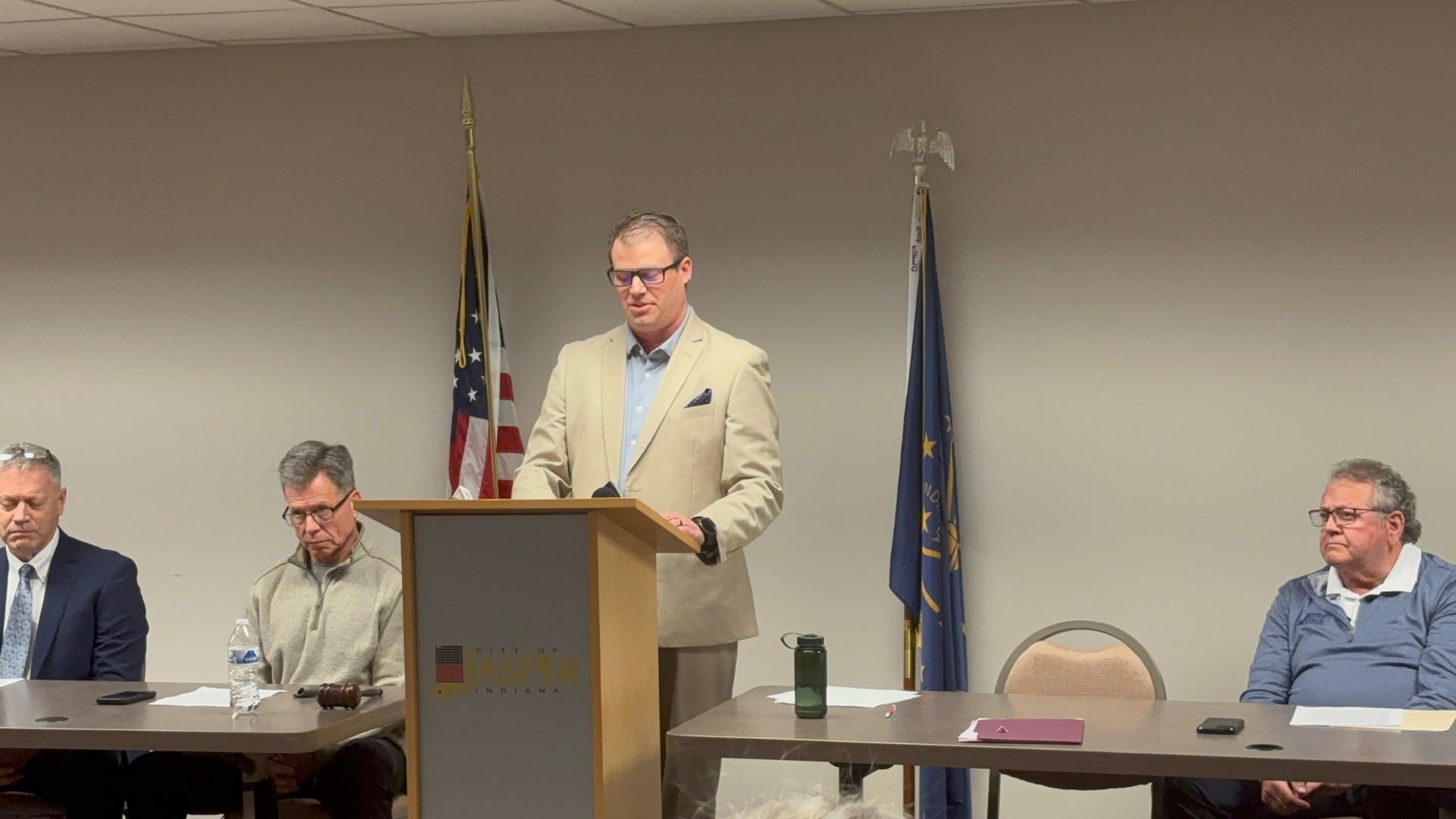The latest results from the Conservation Tillage Transect survey revealed 1.7 million acres of farmland are now under living cover across all crops in Indiana. This milestone underscores the increasing adoption of cover crops by farmers, driven by their multiple benefits for soil health, water management, and overall farm productivity.
Overwintering living covers (cover crops and small grains like wheat) are known for their environmental benefits, including increasing organic matter in the soil and improving overall soil health by adding living roots to the soil for more months of the year. Cover crops also improve water infiltration into the soil, while other covers, like legumes serve as natural fertilizers.
While the conservation transect does not differentiate between cover crops and small grains, Indiana farmers typically plant fewer than 300,000 acres of small grains annually, so cover crops vastly dominate the 1.7 million estimated acres. Apart from corn and soybeans, cover crops are planted on more acres than any other commodity crop in Indiana. Cover crops are typically planted in the fall after harvest and designed to protect the soil and keep roots in the ground throughout the winter, which improves soil health and helps filter water runoff.
As a result of the cover crops and other overwintering covers planted last year, it is estimated that 1.8 million tons of sediment was prevented from entering Indiana’s waterways, which would fill about 18.4 thousand train freight cars.
The conservation survey also showed about 69% of row crop acres were not tilled and around 17% had employed reduced tillage over winter, after the 2023 harvest. This early spring survey is not intended to quantify pre-planting tillage.
Despite the clear benefits, there are challenges to the widespread adoption of cover crops, including the initial cost of seeds and the need for additional management skills. However, various federal and state programs offer financial incentives and technical assistance to help farmers incorporate cover crops into their operations. One such initiative that helped contribute to the successful year for cover crops in 2023 was the Cover Crop Premium Discount Program (CCPDP). It is a program that provides a discount on crop insurance for planting cover crops. CCPDP assisted landowners in planting approximately 19 thousand acres of cover crops in 2023.
The conservation transect is a visual survey of cropland in the state. It was conducted between March and May 2024 by members of the Indiana Conservation Partnership, including the USDA Natural Resources Conservation Service, the Indiana State Department of Agriculture, Indiana’s Soil and Water Conservation Districts, Purdue Extension, and Earth Team volunteers.
To see the full conservation transect report, visit in.gov/isda/divisions/soil-conservation/conservation-transect/.




